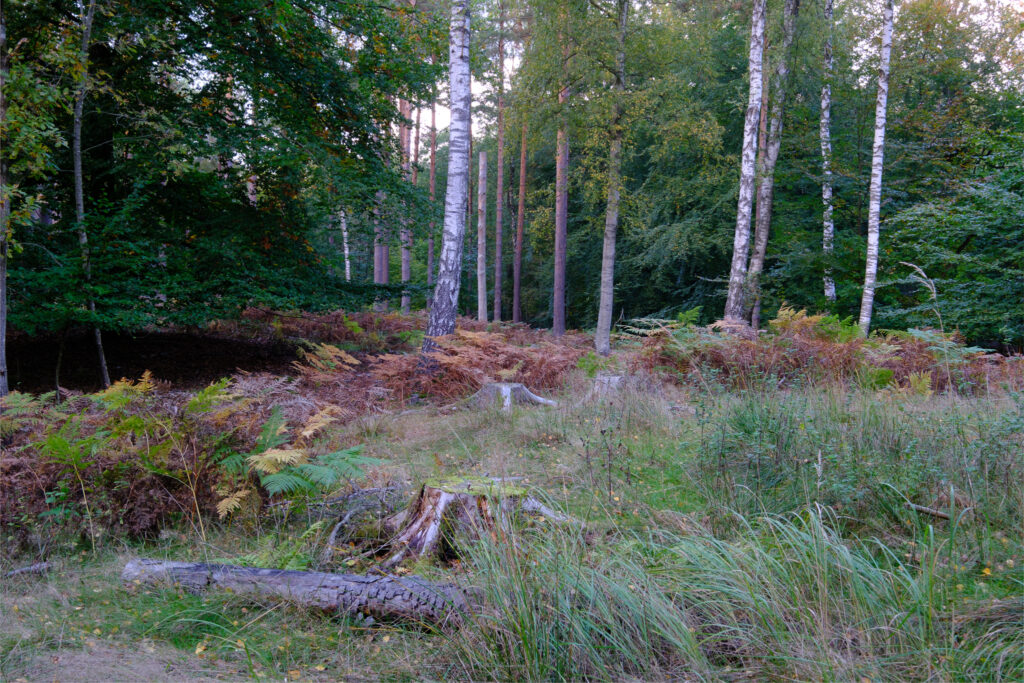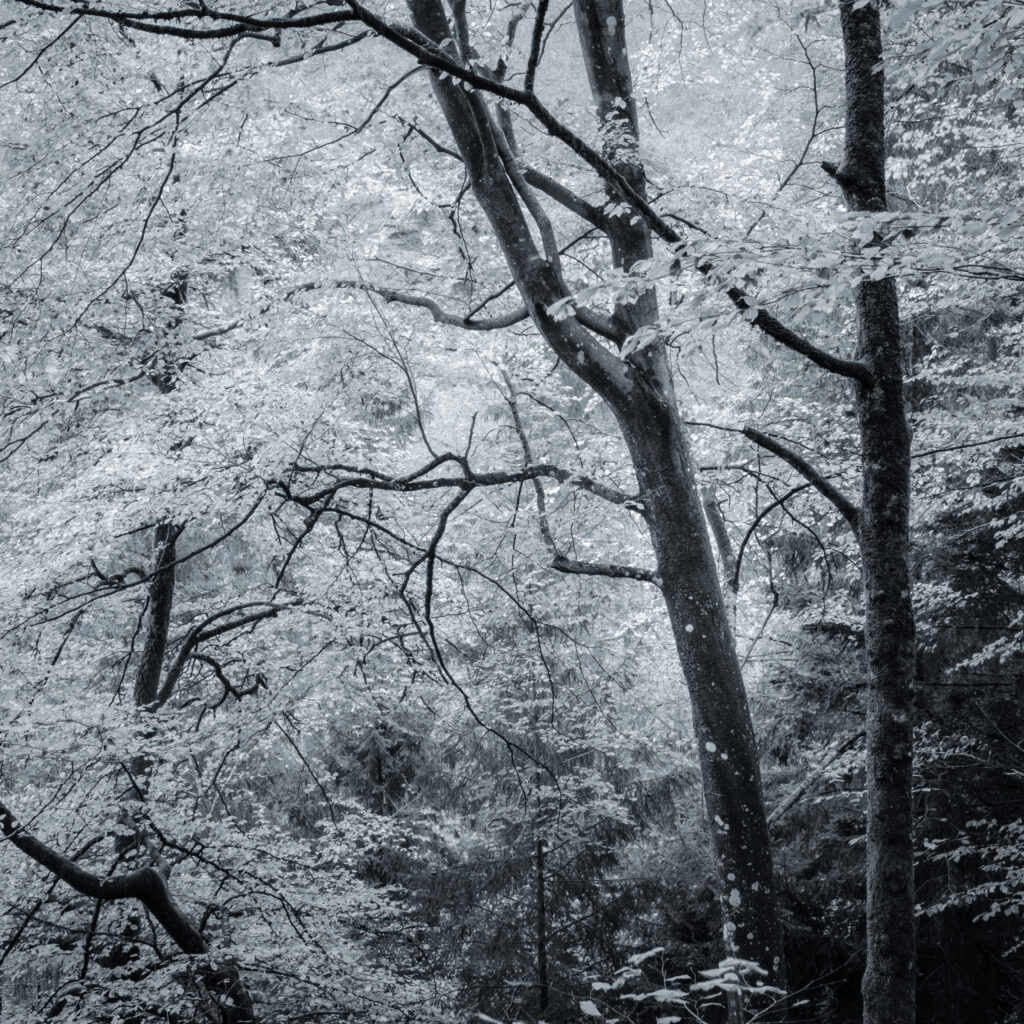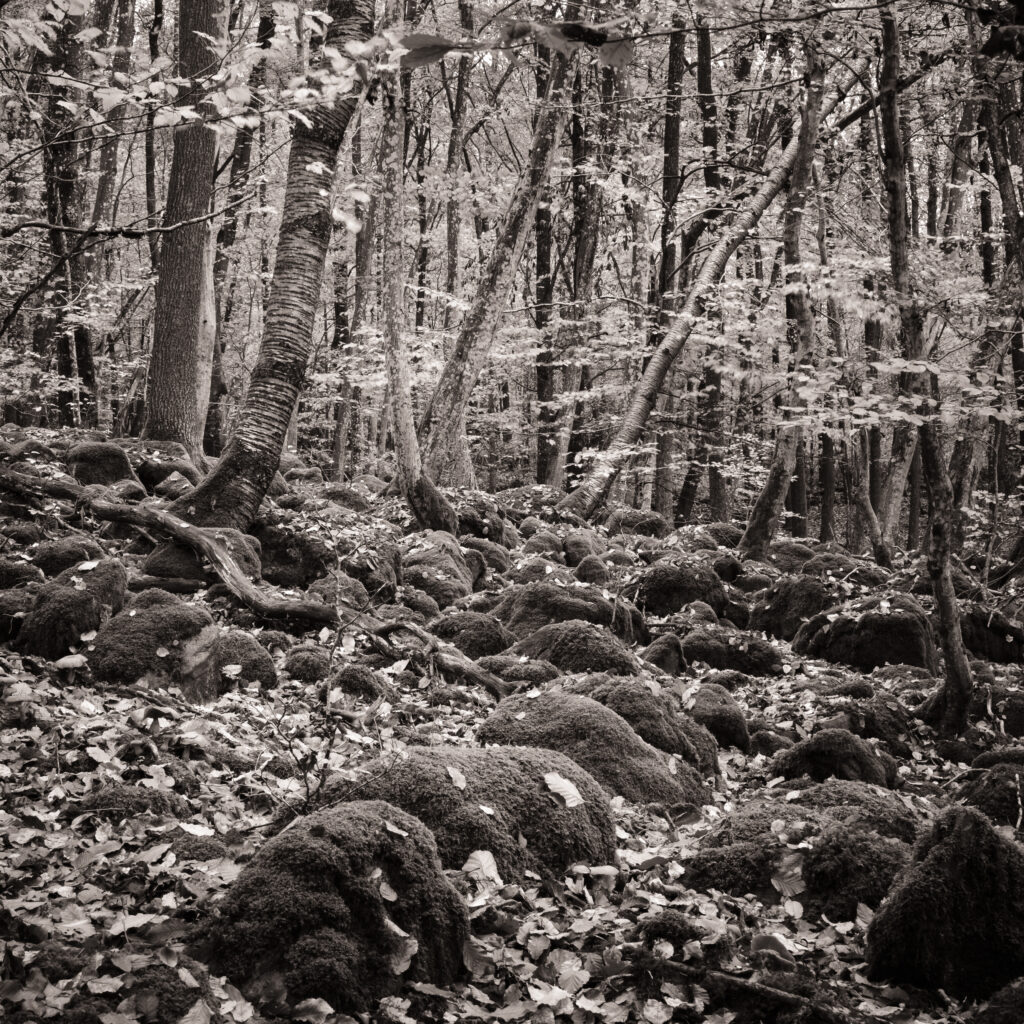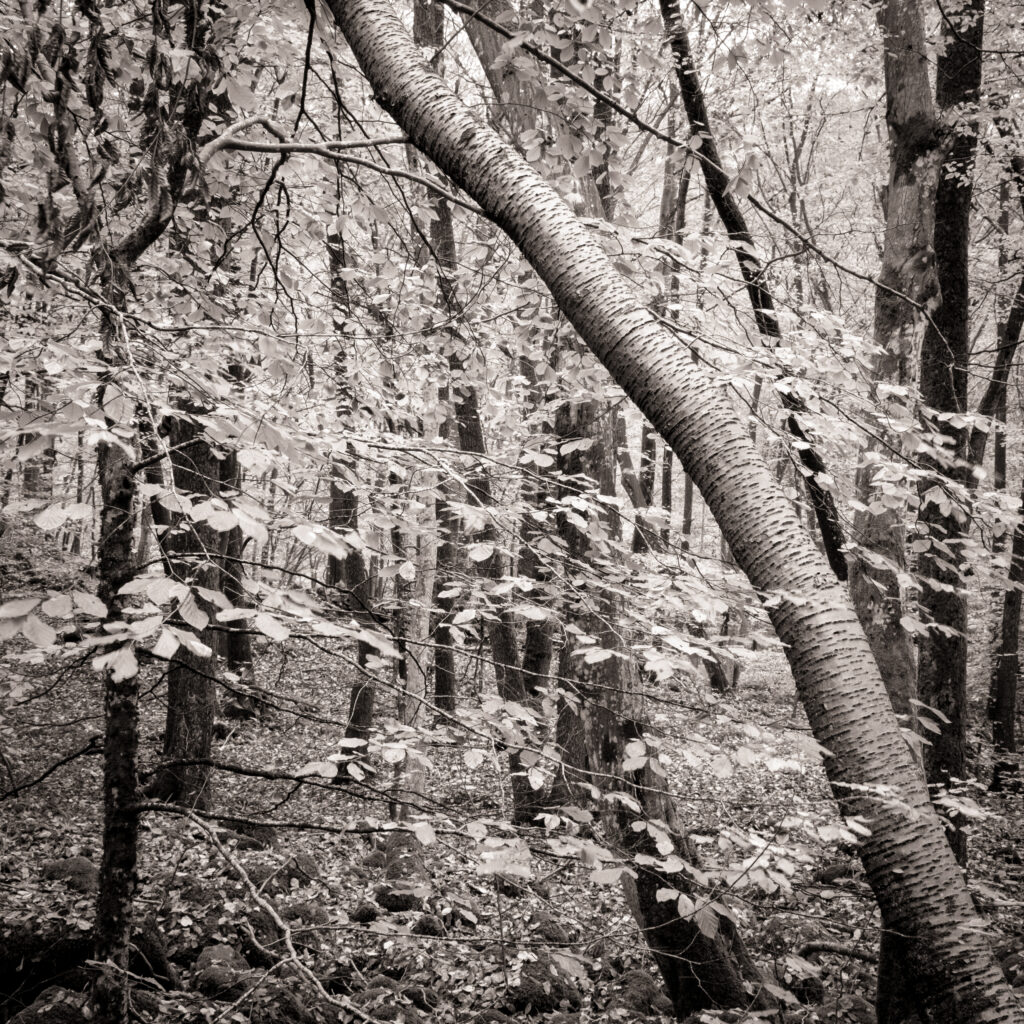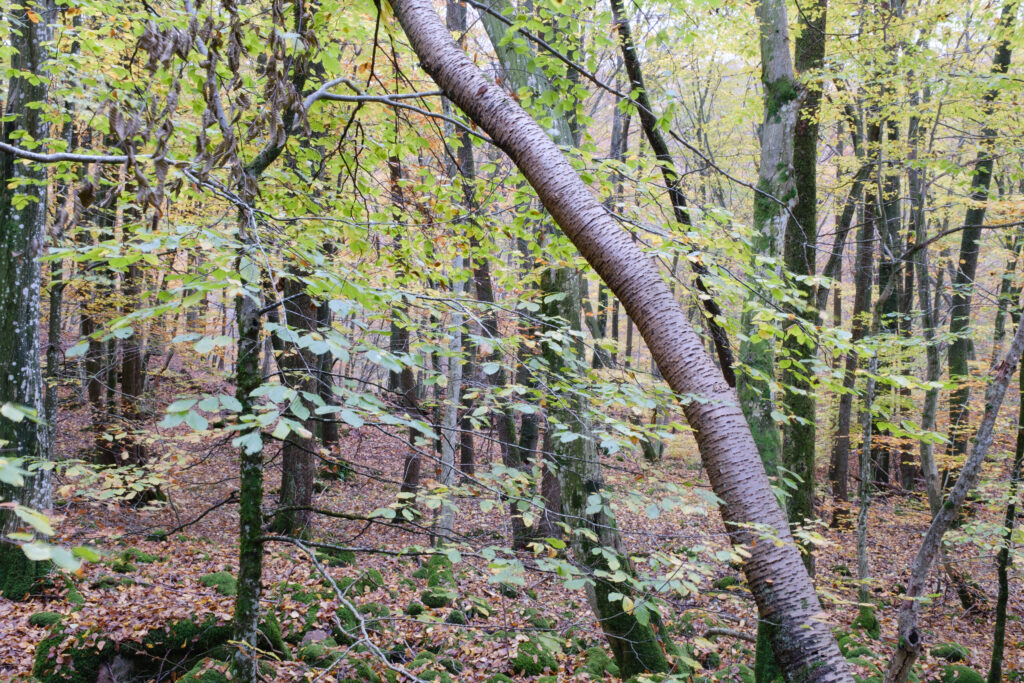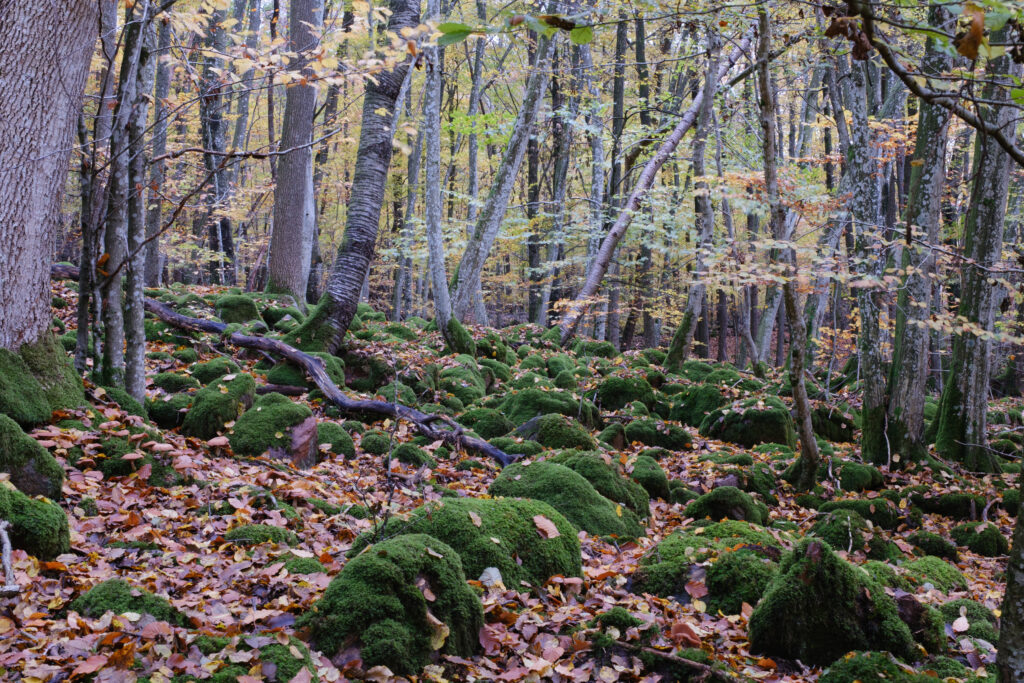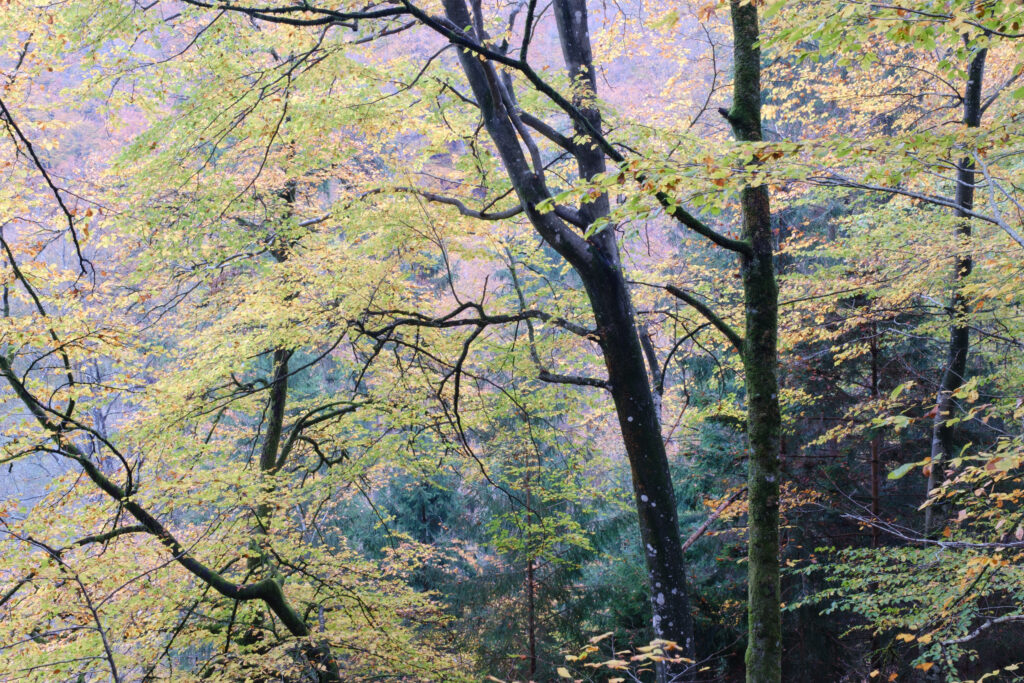I recently bought the mythical, the magical, FujiFilm X-H2. 8k recording, 40 Mpix, F-log2 and all the other stuff I don’t really care for. I do firmly belive most cameras from the last 5-10 years are more than good enough for landscape photography and photography in general. Honsetly I still think my FujiFilm X-H1 still produces excellent images. And still, I upgraded to the X-H2. What happened?
Well GAS (Gear Acquisition Syndrome) happens to us all sometimes, and I did have my reasons for wanting to upgrade. The main four I outlined in a Youtube video. But the short version, it was due to video capabilities, autofocus, screen & dial design and that x-factor of simply wanting one. In this article I want to expand on some of the things I mentioned in the video, and give you a more in depth explanation of my buying decision. As well as share a couple of images taken with the X-H2 in full resolution, as promised in the video. These will be in a gallery at the very bottom of this article.
Image quality
Purely speaking of image quality in stills or video, my old Fuji X-H1 still delivers. Still, I wanted to upgrade. The X-H2 is a small increase in image quality with its lovely 40 Mpix sensor, and my old X-H1 did struggle a bit with woodland scenes with a lot of detail. However, only if I pixel-peep, if I’m honest with myself it’s hard to spot the difference in most images. I’m sure there’s some conditions one sensor will be better then the other, but I couldn’t tell you what that would be. Have a look at these to images, one is photographed using the X-H1 and the other with the X-H2. Both images captured using the Fujifilm 10-24 mm f/4 lens (first generation). Can you tell the difference? If I wasn’t looking at the metadata, I hardly can tell the difference.
There’s a slight difference in exposure between the images, the light changed slightly between capturing the images. As well as I had to edit the white balance slightly on the X-H1. Honestly, I can’t tell the difference looking at the images at their proper viewing distance and size. Way more important things are proper exposure, light, subject, composition and that sort of thing. I did know this when I bought the camera, so the image quality wasn’t the top reason for my purchase. Even though it is a small increase, wich of course is lovely even if it’s only for my own pixel-peeping pleasure.
Features that mattered to me
Instead, I hade some features I really wanted. As I started this journey as a YouTuber, currently sitting at an impressive number of 52 subscribers. I had a short wishlist for my next camera.
I had a shortlist of cameras I looked at, they were Nikon Z6 II, Sony A7 IV, Canon Eos R, Canon Eos R6, Fuji GFX 50S II, FujiFilm X-H2
Video capabilities
I wanted a hybrid camera simple as that. Most cameras today are capable of video and often of 4k video. However, I wanted a camera that at least matched my X-H1 and ideally surpassed it. That meant 4k video recording with a limited crop, f-log, and at least 15 min record limit for 4k video. That shortened the list somewhat, especially 4k crop is something to watch out for.
Cameras eliminated: FujiFilm GFX 50S II, Canon Eos R
Cameras left: Nikon Z6 II, Sony A IV, Canon Eos R6, FujiFilm X-H2
Autofocus
One thing I really wanted to upgrade was the autofocus of my X-H1. It was decent for still photography but quite bad for video and low-light situations. Or perhaps not bad, just a bit dated. Autofocus is not important for landscape photography in my opinion, but I do occasionally shoot event and street photography. To areas where good autofocus, especially good low-light autofocus is lovely to have. And once again, being able to trust the video autofocus is just brilliant.
Cameras eliminated: none
Cameras left: Nikon Z6 II, Sony A IV, Canon Eos R6, FujiFilm X-H2
Screen
As I do film myself quite a lot these days, I wanted a selfie screen. I did toy with the idea to also buy the Sony ZV-1 to my purchase to mitigate this as a reason and get a pure stills camera instead. And the Canon Eos R looked quite promising considering its current price point, and a nice upgrade path to the Eos R7 in the future. However I looked into the Sony ZV-1 and there are a couple of deal brakes to make this my primary video-camera, there’s a 4k crop, 10 min 4k record limit, and quite short battery life. So that’s out, and so is the Nikon Z6 II.
Cameras eliminated: Nikon Z6 II
Cameras left: Sony A7 IV, Canon Eos R6, FujiFilm X-H2
Price
That leaves three cameras, the Sony A7 IV, Canon Eos R6 and the FujiFilm X-H2. And I do think I would have been happy with anyone of them.
However I’m not financially independent and do need to look at the price tag. The initial purchase cost would be significantly lower for the FujiFilm X-H2, as I already own plenty of glass for the Fuji-X system. However, I want to upgrade my zoom lenses to the red bages from FujiFilm. As I do believe this would be a more significant upgrade than the actual camera. Going in to this I already had the Fujinon 10-24 mm f/4 (1st gen), Fujinon 18-50 mm f/2.8-4, and the Fujinon 55-200 mm. In no means bad lenses, they are a good compromise between size, image quality and price. But I do plan on upgrading to the Fujinon 16-55 f/2.8 and the Fujinon 50-140 f/2.8. I do plan on keeping the Fujinon 10-24 mm, as I rarely shoot wider than 16mm and this lens is primarily for the odd super-wide angle shoot and for videography. However, I don’t have to buy these lenses to get started with the Fuji X-H2. But I did put in the different combinations, body and lenses I wanted in PriceSpy and checked what the total cost would be. And to my surprise the FujiFilm X-H2 wasn’t even the cheapest option. At the time of writing this, I have the following prices in my pricespy lists.
FujiFilm X-H2, with Fujinon 50-150 mm & Fujinon 16-55.
Total sum: 53 470 SEK
Sony A7 IV, Tamron 20 f/2.8, Sigma Contemporary 28-70 f/2.8, Tamron 70-180 f/2.8
Total sum: 54 517 SEK
Canon Eos R6, Canon RF 16 f/2.8, Canon adapter EF-EOS R, Tamron 70-210 f/4 (EF-lens), Canon RF 24-105 f/4 L
Total sum: 51 206 SEK
Of course, you could argue that the lenses for the FujiFilm X-H2 would be slightly better than the ones I picked for the Sony and Canon. But the fact remains, the total cost would be about the same for all three options.
One stand-out feature
The only feature that was unique to the Fujifilm x-h2, was it’s dial design. The X-H2 uses a PASM dial instead of the retro dials of so many other Fuji cameras. I really like the retro dials, but I don’t mind the PASM dial. However, it does come with one brilliant feature, 7 custom modes! Seven! That’s just brilliant, I haven’t seen that many in any other camera. And it makes life so much easier, especially for a hybrid camera. Being able to set up presets for video modes and stills-modes is just lovely. Never needed to worry about did I remember to change the shutter speed, set the frame rate, etc.
Just brilliant, and I hope more camera manufacturers copy this.
This is how I’ve set it up on my camera.
C1-C2, my normal video modes in 4k, one set to autofocus and to manual focus. Both 4k @ 50 Mps and Eterna-film simulation. Not your pro videographer jet. But it conserves battery life as well as space on the memory card. Eterna just because it’s plain old beautiful, someday I will start grading my videos as a true professional.
C3-C4, Slow-motion video, equivalent of 4x and 8x slow motion. Never used slow-motion but I want to give it a try someday.
C5-C6, Presets for my event and street photography. Aparture priority, ISO auto, AF-C. Only difference is two different ISO Auto settings (one with min shutter of 1/80 s and one 1/125 s)
C7, not in use. I have one spare!
For landscape photography, I just put it in manual mode. As landscapes typically don’t move, and I like to be quite careful with my setup when doing landscape photography.
The small things
The devil is in the details. My primary reason for going with the X-H2 is harder to specify. It’s the sum of all the small things. The design, aesthetics, size etc. just fits my needs and wants. I just find the Fuji cameras a tad prettier than its competitors, in my eyes, only Leica and Hasselblad make better-looking cameras. Regardless if it’s purely utilitarian cameras as my X-H2 or more “fun” cameras as the X-Pro 3. If I was economically independent I for sure would rock the X-H2 for video, the Hasselblad 907x for landscape photography as well as a Leica M11 for street photography. But I’m not, so I’ll have to settle for Fujifilm.
The design language of the X-H2 is more utilitarian than its predecessors, but it makes more sense. And it’s still a handsome camera. The X-H1 always was a bit awkward in its design, it felt like Fuji wanted to make a pure utilitarian camera but didn’t quite dare to do so at the time. Remember the Q-button on the thumb grip? Probably the worst placement ever. On the X-H2 every button just sits a bit better. However, not everything is better. Here are a couple of things that are actually better on the X-H1.
- The joystick
Better placement, but I prefer the old stick joystick - ISO selector. The ISO dial is probably the single dial I miss the most.
- Focus mode selector. The front dial for selecting focus mode is now a button, mappable, but why can’t I cycle through the menu with it.
- Grip. The X-H1 is slightly wider than the X-H2, and I prefer the X-H1 grip. But it’s splitting hair.
- Screen. If I was a pure stills photographer I prefer the screen design of the X-H1. But as I started filming myself I really appreciate the “selfie screen”.
Happy?
Oh yes! I’m quite pleased with the camera, we’ve become instant friends. I always had a love/hate relations with my X-H1, but this time around it feels like love at first sight. I hope for a forever after with this camera.
Or is there a X-T4 looming around the corner, or perhaps an updated X-E5. The family might grow further if only I was rich.
Image Gallery
I did promise a couple of more images taken with the X-H2, well here they are. I haven’t been able to figure out how to share full res images on WordPress. Sorry about that, if I lured you here on false pretence. If you know a way of simply sharing full res images, do get in touch.

